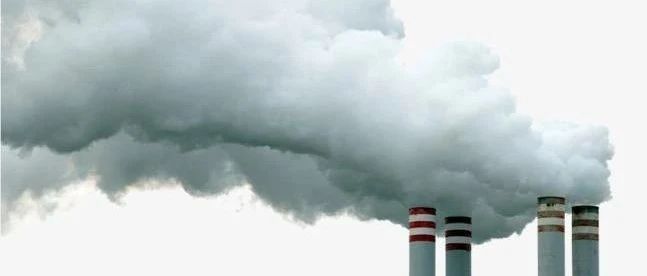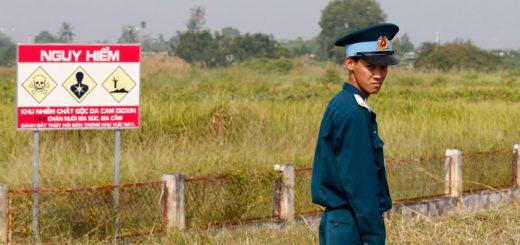二恶英类持久性有机污染物实验室间评估 Interlaboratory assessments for dioxin-like POPs (2016/2017 and 2018/2019)
Highlights
- •At large, satisfactory results were obtained due to similar methods and instrumentation.
- •Lack of dioxin analysis capacity identified in Africa and Latin American/Caribbean region.
- •Analysis of biotic matrices, human milk and fish, gave poorer results than abiotic matrices.
- •Improvements necessary due to low concentrations in contemporary fish (from Europe).
In the two rounds of the UNEP-coordinated 'Biennial interlaboratory assessments of POPs laboratories, which were implemented in 2016/2017 and 2018/2019, 56 and 46 laboratories submitted results for dioxin-like persistent organic pollutants (dl-POPs). Test matrices consisted of solutions of analytical standards and naturally contaminated sediment, air extract, fish and human milk. Performance assessment using z-scores so that satisfactory performance corresponded to 2 z = ±25%, which is recommended for laboratories submitting data to the global monitoring plan of the Stockholm Convention on POPs. Participation has shown that analytical capacity for analyzing dl-POPs exist in all UN regions; however, in Africa and Central and Eastern European countries capacities are (very) limited; in Latin America capacity is increasing. The presence of dioxin laboratories is not limited to industrialized or OECD countries but also present in developing countries such as China, Brazil, Egypt, Thailand, or Vietnam. Laboratories using established methods based on gas chromatographs coupled to high-resolution mass spectrometers (sector field instruments only) by far had the best results. Among the test samples, human milk and especially fish in the last round posed severe problems to all laboratories so that performance has to improve, especially in foodstuff at (very) low concentrations.




